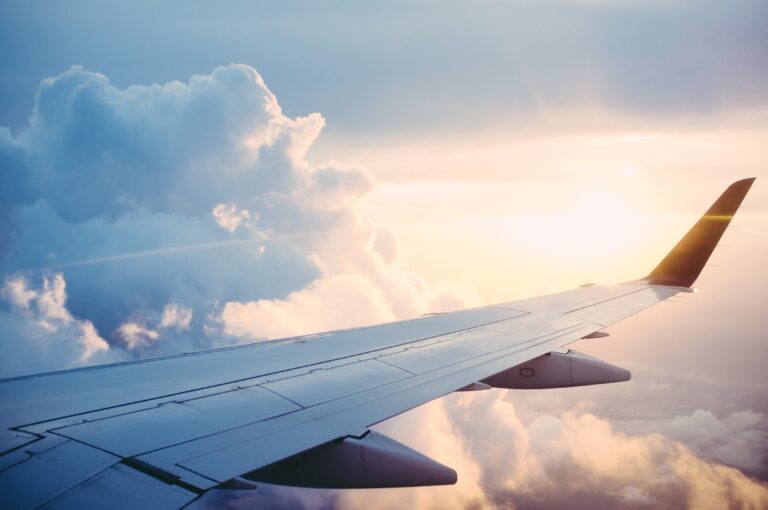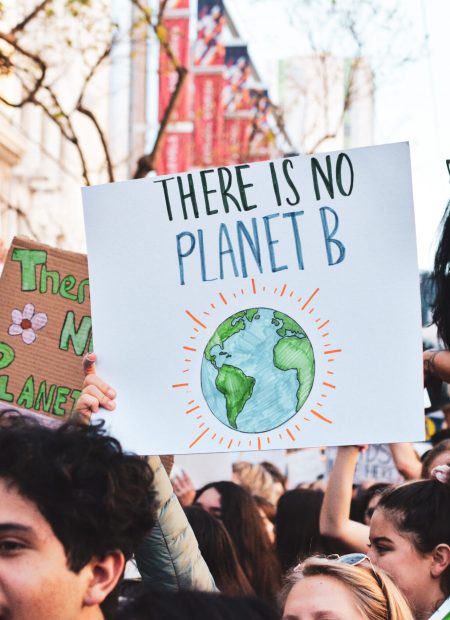
The Beginner’s Guide to Carbon Offsetting Flights
Offsetting. Everybody’s at it! Travel companies have said offsetting is how we can keep flying without destroying our planet. Lyft is advertising ‘carbon-free’ rides by offsetting the emissions from their rides. Some Scandinavian countries even want to completely offset their emissions. But what is carbon offsetting and does it work? This guide will explain exactly how to carbon offset your flights.
As budget adventurers and travel writers, we’re guilty of taking flights too often and we feel bad about it. It’s not always easy to avoid planes. We work full-time jobs outside of travel so taking lots of time away from work isn’t always a possibility. The rise in budget airlines means flying is usually the cheapest and quickest option. The rise in budget airlines also makes short-haul air travel a more budget-friendly and convenient option, with weekend city hops across Europe on the rise.
We worry about the negative environmental impact of flying every time we jump on board a plane. But sometimes there’s not always a more eco-friendly option, especially for flying long distance. Our excitement for new experiences soon replaces the concern for our climate.
Feeling guilty about carbon emissions is only useful if it leads to action. It’s time for us to be more conscious about how many flights we take and look into alternative ways of travelling. Here’s what we found out about how to carbon offset your flights. We have a post on alternative ways of travelling coming soon!

Is flying really that bad?
Air travel is one of most carbon intensive forms of transport. Flights alone account for 2.5% of the world’s carbon emissions. Adding in the other harmful gases and the water vapour produced by planes holds the aviation industry accountable for around 5% of emissions.
Is anything being done to improve the carbon footprint of flights?

What are carbon offset schemes?
How does carbon offsetting work?
How are carbon offset values calculated?

How can we offset carbon emissions from flights?
Carbon offsetting with your airline
Carbon offsetting independently
Are carbon offset schemes expensive?

Are carbon offset schemes worthwhile?
1. They don't address the root of the problem
2. The achievements of schemes are not instantly visible
3. They have the potential to be a scam
How else can we reduce our carbon footprint when travelling?
Is offsetting actually enough? Here we share an updated article with more information about the pros and cons of offsetting, plus actions you can take to further reduce your impact.
Do you carbon offset your flights? We’d love to learn more about how other travellers travel more carbon neutral. Share your opinions in the comments section below or drop us an email here.
Disclaimer: The information and advice provided in this blog are the author’s opinions and based on their personal experiences. All information was accurate at the time of writing. However, things can change quickly, so always double-check current conditions and guidelines before setting out. Remember, your travels and safety are your own responsibility, and this blog can not be held responsible for anything that might happen on your adventures! Always exercise caution and good judgment. Oh, and don’t forget to get travel insurance! Happy travels!
This post may contain affiliate links (yay for transparency!) This means that I will earn a small commission, at no additional cost to you, if you click the link and choose to buy the product. I only link to stuff I have personally bought and found useful and never endorse crap. Your support helps keep the site going, thank you!
Alice
Alice is a UK travel blogger who advocates sustainable travel and being more eco-conscious on a budget. She loves coffee, her houseplants and summiting mountains.
You May Also Like

Voluntourism: Does it do more harm than good?
November 24, 2023
What is Sustainable Travel (and how to travel more sustainably)
March 20, 2021